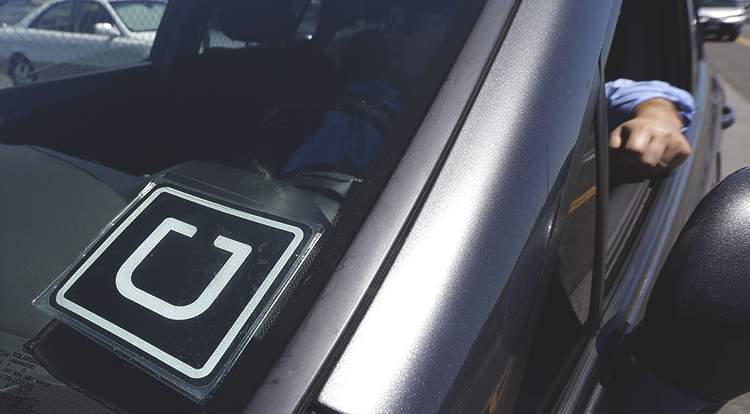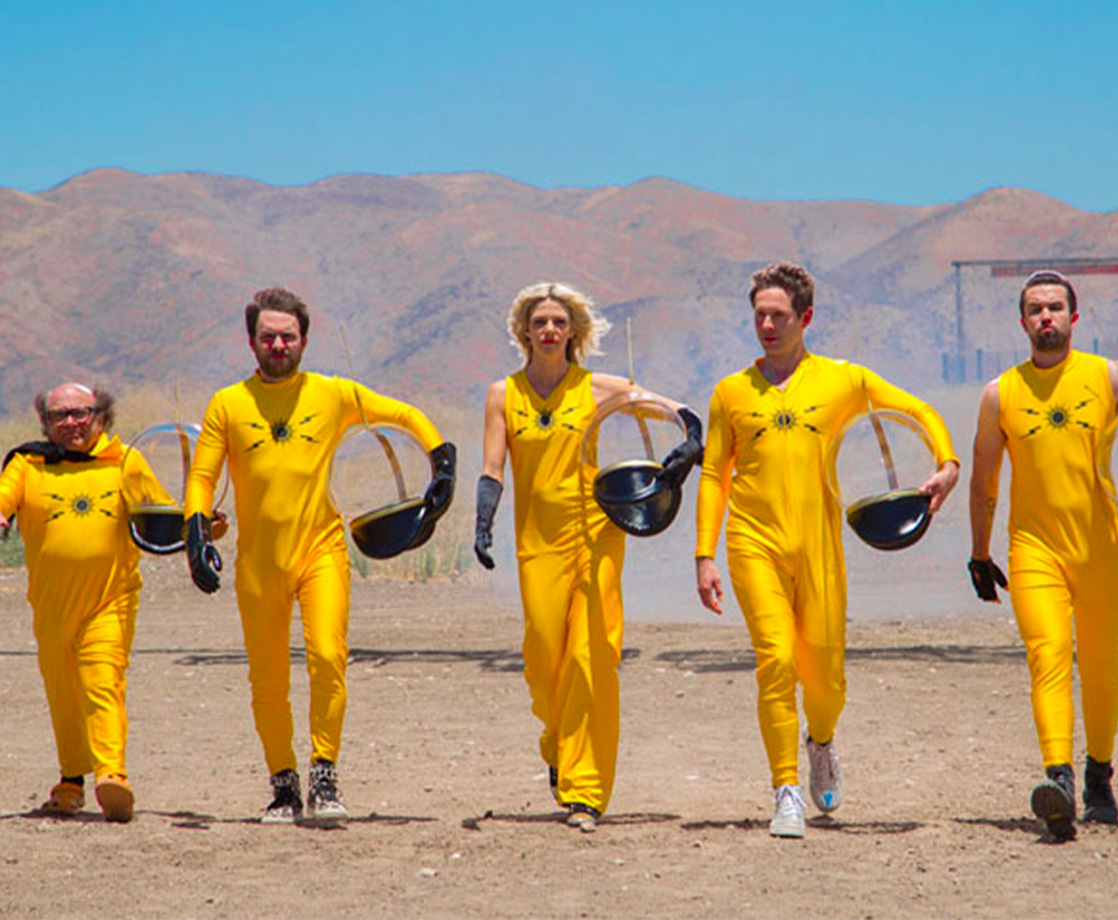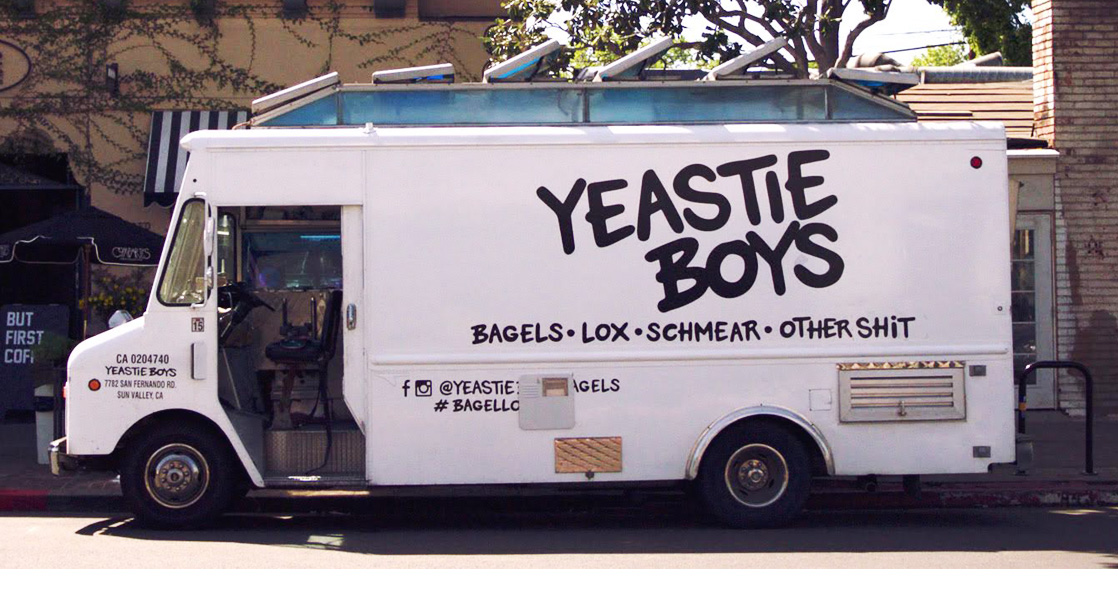In recent years, complaining about Uber, Lyft, and other ride-sharing apps has become a cottage industry. From drunken passengers puking in backseats to drivers making unwelcome advances on their customers, there have been many terrible tales to come out of the fleet of sedans and Priuses carting people around America’s cities. Though these horror stories are (hopefully) isolated incidents, there are some issues that affect everyone who drives for these apps. Startups like Uber often depend on policies that aren’t exactly worker-friendly to keep themselves “nimble” (i.e. profitable and attractive to investors). Let’s take a look at some of the biggest ways that ride-sharing companies like Uber are lining their pockets at the expense of their employees.
The policies constantly change.
Many app-based startups follow the same model: Make life great for all involved as they break into a space, and then become as bad as everybody else. Case in point: Uber’s commission system. When Uber started out, it was only taking a 5 percent commission from drivers. Today, that number has jumped to 25 percent. In addition to this bump, Uber’s fluctuating fares and booking fees (what they take in addition to commission) make it almost impossible to estimate what you’ll take home from one pay period to the next (as illustrated by ride-share blogger “The Rideshare Guy”).
Couple the changing policies of Uber with the changing policies of municipalities and this all becomes even more challenging. Some cities have started requiring certifications and licenses for drivers, while in Austin, ride-sharing apps have pulled out altogether. To drive for a ride-sharing app is to balance various ever-changing factors as you try to turn a buck.
Drivers are independent contractors.
You’ve likely heard about a number of legal actions swirling around Uber in recent years. One of the foremost among them is a class-action lawsuit filed by Uber employees regarding their employment status. Currently, Uber employees are independent contractors. This means that while their taxes aren’t withheld upfront, they are not receiving any benefits, while liability is shifted onto their backs. Uber is also cautious about providing levels of training and oversight that might make their employees safer lest the company risk a change in classification. Drivers drive with Uber stickers on their car, working in the Uber app, driving Uber customers, but they are somehow independent contractors. Makes sense, right?
Drivers can’t sue the companies.
Uber is one of many companies that have found a devious way to prevent their employees from suing them. Corporations have taken to placing arbitration clauses in their workers’ contracts. As the New York Times famously laid out in a series of in-depth reports, this means that employees have to agree to private arbitration rather than the traditional legal system if they want to settle a disagreement with an employer. Leverage tactics like class-action suits are impossible under arbitration agreements. In fact, many California drivers were unable to join the class described above because of these arbitration agreements. Sadly, some courts have upheld these arbitration agreements even when it comes to fundamental rights of employees like classification and employee rights like background checks.
It’s a “career” with no future.
It is no secret that Uber plans to make its fleet self-driving, and it is certain that Lyft and similar services are not far behind. It is difficult to view driving for a ride-sharing company as a long-term investment if the goal is for self-driving cars to replace the human-driven fleet. Not only does this mean that investing years in the company will likely result in getting unceremoniously dumped, but as the self-driving future gets closer, a prospective driver also has to ask themselves, “What incentive does the company have to treat its drivers well if, eventually, there won’t be any drivers?”











